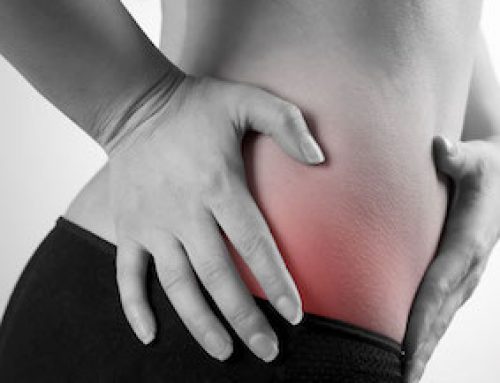What is Hip Dysplasia?

Hip Dysplasia is a condition involving the hip joint, whereby the socket part of the hip joint (called ‘the acetabulum’) is too shallow to support the ball with stability. Often this condition of a ‘shallow socket’ can lie undetected for many years without symptoms, and only start to create pain into adulthood.
Pain usually starts in the groin and is related to activities that load the hip joint including running, walking and sports. Typically we see people with hip dysplasia as having ‘very mobile’ hips in childhood and teenage years, with large range of movement available, simply because the socket does provide any restriction to the balls motion. People with ‘deeper’ hip sockets generally have less range of movement in the hip.
In the case of hip dysplasia (with a very shallow socket), it essentially can mean that the hip has too much mobility and not enough stability. This creates wear in the hip joint over time and the onset of pain.
It is interesting to know that every single person has a slightly different shaped ball and socket joint which is why sometimes people have more hip range of movement than others, as it is simply the bony shape that contributes to this hip mobility- see a short video here on hip mobility!
The shape of your socket is the way you were born and unchangeable (without surgical intervention). This does not mean everyone with dysplasia needs surgery! If you have hip dysplasia it may simply mean you may need to modify your activities, strengthen your hip to improve support and avoid stretching (which only serves to increase mobility!)
There are varying ranges and degrees of hip dysplasia from mild hip dysplasia to severe. Symptoms usually involve intermittent groin pain ( where their hip joint connects into the socket ) usually aggravated by upright activities such as walking, running or getting in and out of a car.
When a physiotherapist or physician assesses the hip joint in the presence of dysplasia, a patient will normally show extreme ranges of movement such as lots of rotation available, which can be an indicator of a very shallow socket. The Xray will also show signs of a shallow socket which is measured by a radiologist.
Over time, hip dysplasia can lead to the slow development of osteoarthritis and when this occurs, hip mobility slowly reduces. If you would like to know more about osteoarthritis CLICK HERE.
If you have been diagnosed with hip dysplasia, it is important to know a few key tips in order to help your groin pain and hip control
1. Avoid excessive hip stretches in the presence of hip dysplasia. With the socket being very shallow, it is common that the hip has too much mobility and further stretches will not assist your management of pain. They may feel comfortable at the time but may contribute to problems down the track. You can do quadricep stretches, calf stretches and hamstring stretches but buttock stretches and hip flexor stretches are best avoided. Especially it is important to avoid this stretch CLICK HERE
2. Adjust your standing posture. If you have the tendency to standing with a swayed posture where your hips swinging forward of your feet, this can push the ball part of your socket forward and means that instead of weight bearing through the middle of the socket, you are weightbearing on the front edge. In hip dysplasia, this edge of the socket can be quite vulnerable and also painful in this is your weightbearing standing habit. If you would like to know more on how to stand correctly to minimise your hip pain CLICK HERE
3. Ensure you are modifying your activities. If you have moderate to severe hip dysplasia, it is not a good choice to start marathon running. Choose activities that are less impact through the hip joint in order to preserve your hip and ensure that your pain does not deteriorate. Activities such as cycling are usually preferred over excessive walking or running.
4. Start a strength program. It is important that your hip and pelvis stay strong in order to support the ball in the socket joint. A physiotherapist can prescribe specific exercises to assist you in this regard and ensure that your exercises suit your body.
Overall, it is important to understand that everybody has a slightly different hip shape and it not just the shape of the bones that can contribute to pain but also the strength of the muscles, the daily posture and your daily activities. Ensuring that your hips stay strong, you avoid stretches and that you minimise the load through the front of the hip head can help control your pain in the presence of hip dysplasia.





Leave A Comment